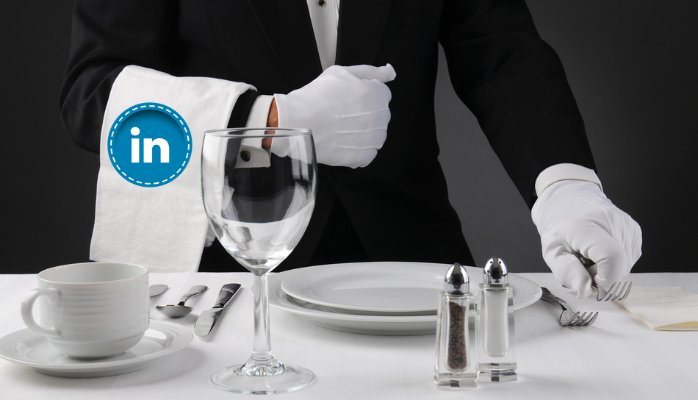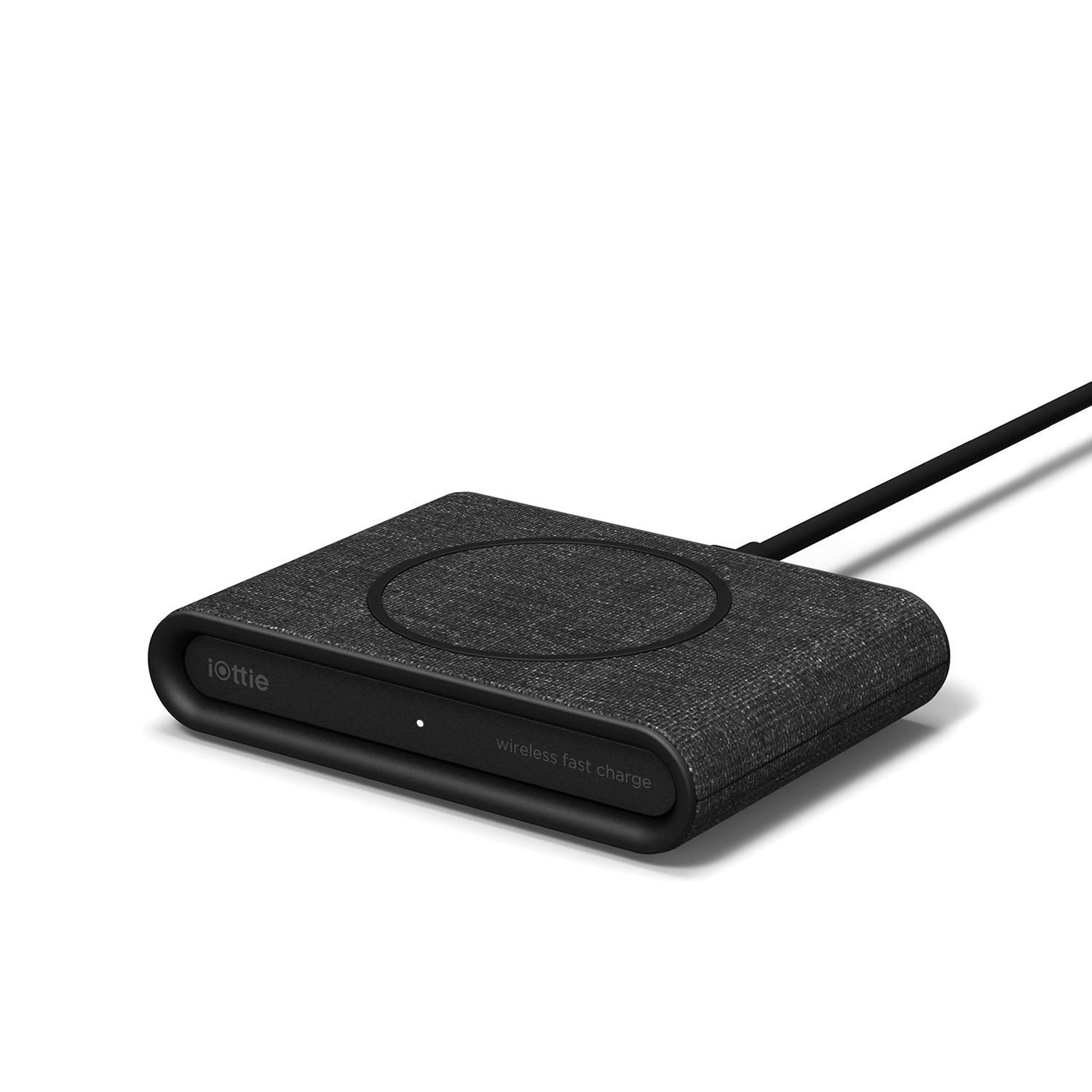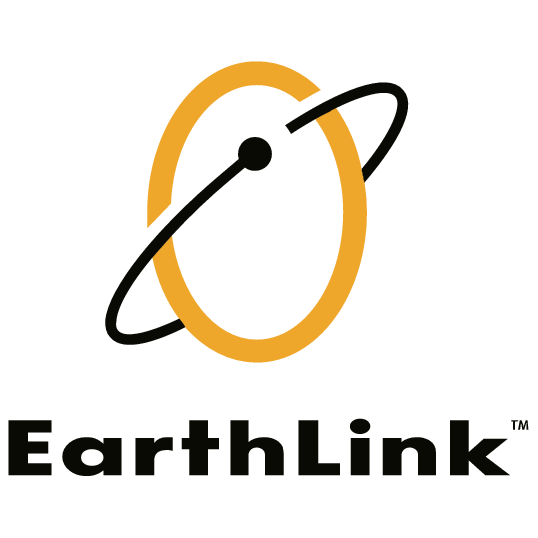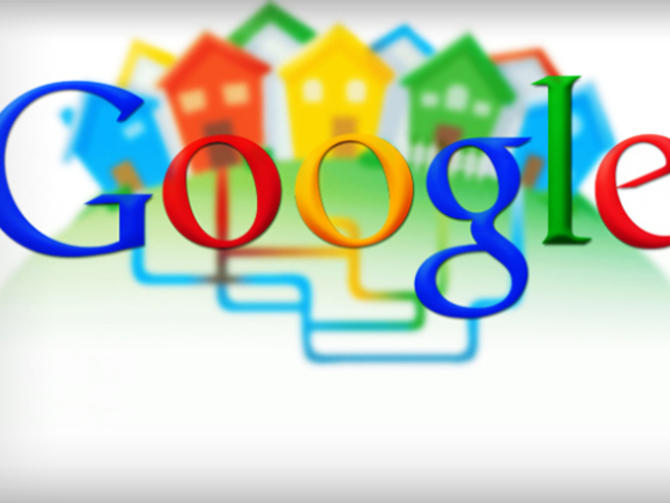LinkedIn Etiquette – 15 Simple Rules to Follow

 Should we be friends, or colleagues…? Does my resume’ suck? 15 Rules You Should Know About LinkedIn Etiquette
Should we be friends, or colleagues…? Does my resume’ suck? 15 Rules You Should Know About LinkedIn Etiquette
Whether you’re a business owner, or looking for a job – LinkedIn is always a place potential business connections see first. It’s social, but very different. It’s not like you have an exact recipe to follow.
I found through the years that certain things I’ve added to Linkedin helped, and others hurt. Seems mostly what I left out made the most difference. I’m not a big fan of updating your LinkedIn account ten times a week to seem like a smarty-pants. However, I would advise (based on feedback I’ve received) at least following some etiquette, and protocol. These I found on Forbes.com and they helped me.
1. Accept invitations immediately.
The LinkedIn LNKD -2.28% community values prompt responses. If you, like me, sometimes forget to check your LinkedIn invites, take this as a friendly reminder. A prompt acceptance of LinkedIn invitations makes it clear that you’re on top of things. Often, after an in-person meeting, you may receive a LinkedIn invitation. Be ready for it.
2. Don’t mark a person as “I don’t know” unless you think they are having a negative impact on the network.
The “I don’t know” option is a strong way of saying to a person, “I don’t want to connect with you.” When a person sends you an invitation, you can ignore their invitation (clicking the “X”) and then take a second whack at it by clicking “I don’t know this person.”
If a person receives too many “IDKs,” they may get banned from the network. Use this option only if you consider the person to be violating the intent of the network. If you think it’s a false profile, you can click “Report as Spam.”
3. Don’t invite people to LinkedIn.
On LinkedIn’s “People You May Know” page, you will see an autopopulated list of people that may have been pulled from your Gmail address book or some other list. If the person has a “connect” button, then they are already on LinkedIn. If, on the other hand, the button says “Add to network,” then the connected email address is not on LinkedIn. In this case, you should withhold your invitation.
4. Customize your invitations.
LinkedIn provides the built-in courtesy of a prefabricated connection message. This is for wannabes. Make your message unique, signaling that you’re a legitimate person who takes time for real relationships.
LinkedIn’s “People You May Know” feature makes it too easy to whiff through a dozen or so quick “connect” clicks, but it send impersonal auto-invites. Instead, navigate to an individual’s profile page to click the “Connect” button there. When you do this, you can customize your invitation appropriately.
5. Send a request once (maybe twice).
Persistent invitation requests are considered rude, sort of like physically grabbing an individual that you want to meet at a cocktail party. If you’ve submitted an invitation to an individual already, don’t withdraw it and submit again as a “reminder” unless they ask you to.
6. Check out a person’s contact policy.
LinkedIn allows you to set parameters around how or if you want to be contacted. Since LinkedIn is crawling with recruiters, it pays to be in tune with someone’s openness to new opportunities or outreach requests.
7. Don’t go dark.
LinkedIn rewards those who are active. Active LinkedIn members usually get more invitation requests, more opportunities, more leads, and more of all the good things in social media life.
Keep posting updates, sharing links, liking statuses, and connecting with the people you know. Just don’t go overboard.
8. Post once a day.
A person’s LinkedIn feed can get cluttered quickly. Most LinkedIn etiquette experts put the limit at once a day. LinkedIn isn’t Twitter.
10. Don’t give too many endorsements.
An endorsement-happy person looks like they’re fishing for endorsements for themselves. So goes the LinkedIn etiquette, like it or not. It doesn’t take a LinkedIn savant to understand the quid pro quo that lurks behind an endorsement.
11. Don’t be stingy with endorsements.
The polar opposite of indiscriminate endorsing is the person who withholds endorsements. Don’t be that guy. Providing endorsements is a professional courtesy. Although it’s not an expectation, it is certainly appropriate to send out a few endorsements to colleagues and other professionals whom you know and respect.
12. Don’t feel like you have to return endorsements.
You might feel obligated to return someone’s endorsements if they endorse you. That feeling is only natural, but returning the endorsement is not imperative. If you truly want to endorse that person, it’s your call. You aren’t under any obligation to do so.
13. Write unique, specific, and meaningful endorsements.
When you endorse other people, it pays to be unique, specific, and meaningful. Some endorsements are platitudinal, showing a lack of concern on your part. Make the effort to be original. A specific endorsement is not the “all round good guy” complement that means nothing and accomplishes little. Instead, a specific endorsement tells a story of the individual’s particular skills that are relevant to their industry. Making your endorsement meaningful means that you should draw on your personal experience with the individual.
14. Ask for specific endorsements from people you know.
Asking for an endorsement is a risky business. You don’t want to come across as a leach. In spite of some natural aversion to asking for such things, it’s entirely appropriate to do so on LinkedIn. Here’s a smart way to structure your request. 1) Provide a reason for doing so. Perhaps you’re searching for a new position, switching careers, or starting your own business. 2) Request something specific. Job-specific or skill-specific requests have a higher response rate than a generic request. 3) Request recommendations from the people who know you well. Not all your connections will give you an endorsement, nor should they. Hand-pick the people in your network with whom you have a good professional relationship.
15. Place a professional photo in your profile.
Your LinkedIn photo says more about you than nearly everything else in your profile. It’s one of the first things that people see. Observers will involuntarily make assumptions and judgments about you based on what they see in your profile picture.
It may be worth your money to get a professional photo taken if you don’t have one available. If you don’t have at least a semi-professional photo then don’t bother.
In Summary
It’s a work in progress, so don’t just set it and forget it. Keep visiting, and adding/removing. It sees to only work if it’s legit. Remember – every potential boss, client, or vendor, will look you up. Unfortunately it’s become that big.
Read more cool stuff on Forbes.com….



